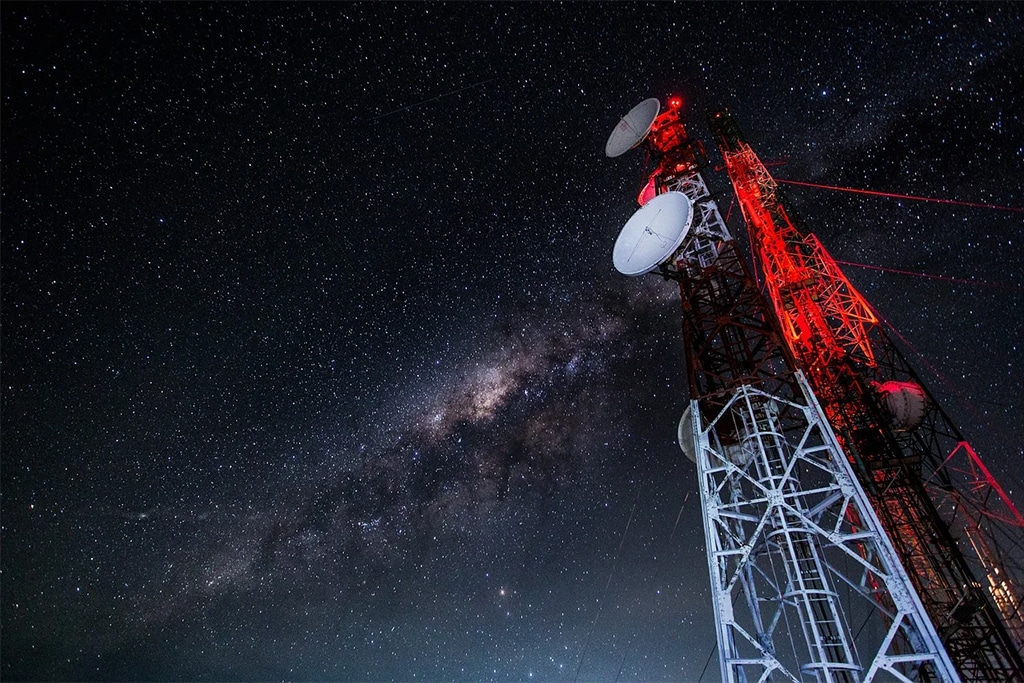
Christopher Haruna Hamman is a Freelance content developer, Crypto-Enthusiast and tech-savvy individual. He is also a Superstar Content Developer, Strategy Demigod, and Standup Guy.
Content distribution is all the time in the process of development. IPFS driven by ICN/NDN opens the doors to a new faster-interconnected world.

Content delivery has seen great improvements since the introduction of IPFS. Interplanetary Filesystem as it is known has made the process easier. Content creators can now do their job using a peer-to-peer basis. This has aided the decentralized space a great deal. IPFS is the first proof-of-concept that content distribution works using shared hash tables. Combining the security of Merkle Directed Acyclic Graphs (DAG) and their decentralized nature makes IPFS a system to beat. However, there are some drawbacks in this system as well. But the ICN/NDN technology is able to address the issues in IPFS data transmission.
Data retrieval has been a problem with the IPFS network. The ability to retrieve content sometimes comes with glitches. This can be an issue for those who wish to restore data via this decentralized file system. The Bitswap problem seems to be an issue.
These shortcomings become evident when video and other rich media but larger size data files are retrieved. For a while, there wasn’t any solution to this problem that worked. Things have changed, however.
The Special Interest Group on Data Communication (SIGCOMM) held its annual summit last year in Macau China. The summit was organized by the premier Association for Computing (ACM). At the two day summit, (24th-26th September 2019), a paper was presented that changed everything.
This is significant because any paper presented in that summit could very well become tomorrow’s’ technology.
A team of eight scientists presented a solution that will change the IPFS ecosystem for the best. This solution presented in crafted solutions that can be integrated into IPFS. The scientists were from the University of London, the University of California, Los Angeles, and Osaka University in Japan.
Their solution entails the use of IP (internet protocol) over information-centric networking (ICN) (IP vs. ICN) for data retrieval in IPFS systems.
In their paper, the scientists compared the different performances of networking technologies. IP vs CDN were compared alongside Named Data Networking (NDN) in terms of speed of data delivery.
The paper noted the various difficulties that IPFS currently faces. It also noted that ICN/NDN improved the speeds of IPFS 20fold or more.
This is important because content has become more interactive. Video content has been extremely difficult to deliver over TCP/IP systems. Transmission Control Protocol/Internet Protocol models haven’t worked well as far as rich data transfer is concerned.
Content producers have had to turn to Content Distribution Networks (CDNs). Many of these CDNs have their issues. The CDNs charge content producers per byte transferred. This, of course, has become a limitation for them.
As more people transfer content, the producers of it get charged more. Video-on-demand (VoD) seems to be driving this trend. VoD is expected to more than double by 2021. This means that VoD and other forms of content will overload the current TCP/IP systems. It also underlines the world’s need for a new media transfer technology.
There are many implications of this trend. Higher content distribution fees will be charged by CDNs. CDNs themselves won’t have it easy. The equipment used in setting up CDN server clusters is extremely expensive. This, of course, has led to high operating costs. Consequently, the profits gained by CDNs are razor-thin.
Many platforms of this kind go bankrupt over time. Others that depend on cloud computing firms operate at high risk. A failure in one cloud server company could cause big problems.
Decentralized content distribution systems have a clear advantage. Systems such as IPFS can clear such hurdles seamlessly. Peer-to-peer file distribution systems are also the way forward due to their many advantages. They are low-cost, secure and stable for starters. They also allow access in countries where internet speed isn’t fast.
The paper proposed that adaptive routing should be used alongside NDN. Studies have shown that the NDN-based IPFS has performed better than the Bitswap-based IPFS. Bitswap is the original protocol of the IPFS. NDN-based IPFS systems perform 20 times better and even more.
Having ICN as the underlying protocol can significantly improve how the IPFS delivers content. This is important as speed is the first thing that users expect in any file distribution system.
NDN improves the transmission efficiency of the IPFS. It allows the IPFS to have scaled up capabilities as opposed to Bitswap. This is what the paper has proven.
As a result, NDN-based IPFS has a 20 times improvement in addressing performance and a 20-times increase in throughput compared to pure IPFS.
ICN/NDN are new networking technologies. Introduced around 2010, ICN/NDN networks have proven to provide a rich media interface. TCP/IP systems aren’t able to deliver rich media content so efficiently. IPFS systems backed by ICN/NDN provide a best-case scenario for rich media distribution.
The paper was able to prove this at the conference beyond a reasonable doubt.
It is important because back in the early days of the internet, there were many network protocols but TCP/IP won. The search for the successor to TCP/IP lies in IPFS. But in IPFS that is driven by ICN/NDN. Welcome to the faster-interconnected world.
For more information, you can read the paper here.
Disclaimer: Coinspeaker is committed to providing unbiased and transparent reporting. This article aims to deliver accurate and timely information but should not be taken as financial or investment advice. Since market conditions can change rapidly, we encourage you to verify information on your own and consult with a professional before making any decisions based on this content.

Christopher Haruna Hamman is a Freelance content developer, Crypto-Enthusiast and tech-savvy individual. He is also a Superstar Content Developer, Strategy Demigod, and Standup Guy.




